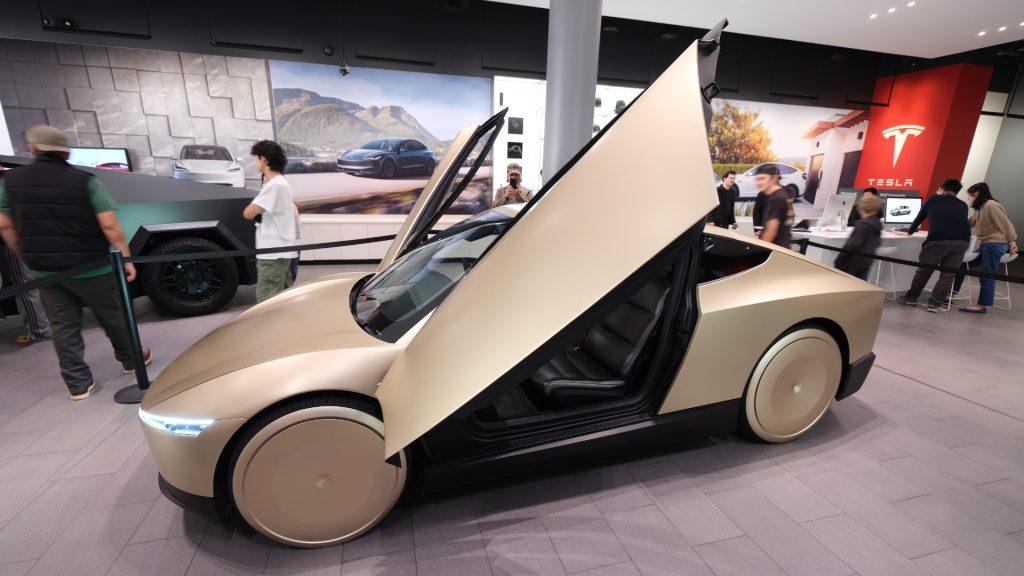The Tesla Cybercab is not as self-driving as the car brand claims.
Others are reading now
The Tesla Cybercab may not be as fully autonomous as advertised — at least not initially.
Reports indicate that human operators will remotely control the vehicles as a safety measure during the early stages of deployment.
A new analysis by Deutsche Bank reveals that Tesla’s ambitious plans for self-driving taxis include a remote operator who can take control if necessary. While Tesla touts its Cybercab as a step toward a driverless future, this measure ensures added safety as the technology develops.
The Vision vs. Reality
Elon Musk has long painted a futuristic picture of autonomous taxis without steering wheels or pedals, where passengers can relax or even sleep during their ride.
Also read
Musk has argued that self-driving vehicles could become far safer than human drivers, saying, “We want to see autonomous cars become 10 times as safe as humans.”
However, Deutsche Bank’s report suggests that the Cybercab won’t be entirely independent from human intervention at launch. While the vehicles will operate without drivers inside, a remote operator will monitor the cars and step in if needed.
According to the bank, this “remote control solution” will be a temporary safety feature until the autonomous technology matures.
Rollout Plans
As reported by Silicon and Boosted, Tesla plans to begin deploying Cybercabs by 2025, focusing on California and Texas for its initial rollout.
These first fleets will consist exclusively of Tesla-owned vehicles, and the company will adjust its capacity based on demand and traffic patterns.
The specifics of the remote operator’s role remain unclear, including how frequently they’ll need to intervene or the situations that might require manual control.
Tesla has yet to comment on the report or provide further details about the operator’s responsibilities.
Regulatory Challenges
Tesla also faces hurdles from U.S. regulations, which limit the number of self-driving vehicles that can be deployed.
Current rules from the National Highway Traffic Safety Administration (NHTSA) cap the number of Cybercabs Tesla can operate at 2,500 annually.
Deutsche Bank shared these insights during a December 5 event in New York focused on self-driving cars, where Tesla’s investment director, Travis Axelrod, provided updates on the Cybercab project.


